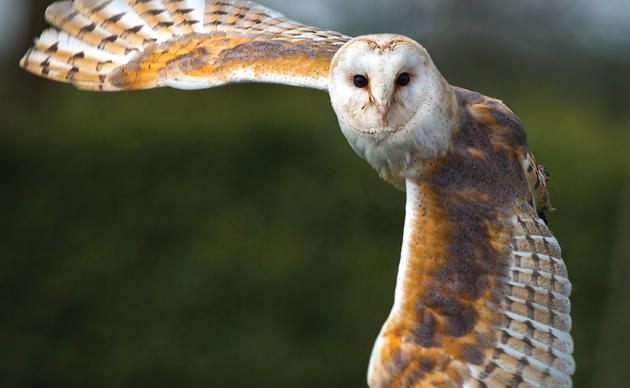Another entry in Abby’s Birdbrained Summer. Abby, the summer communication intern for the Coast Office of Audubon North Carolina, is visiting sites with Audubon’s field staff and our community of volunteers. After she goes into the field, she’ll post blogs detailing her experiences.
Lea-Hutaff Island is finally home to loggerhead turtle nests! Tara, one of the coastal office’s bio techs, was happy to discover three turtle crawls in one day. The first she came across was a false crawl, one of several on Lea-Hutaff this year. A false crawl is when a turtle will come on the beach with the intention of laying eggs, but will decide the location is not right and return to the Atlantic. The second and third crawls Tara found led to actual nests. “The second crawl was below the high tide line, so I had to relocate the nest,” said Tara. She found that seven eggs had already been predated by ghost crabs.
In order to protect the nest, Tara moved the 107 remaining eggs up the beach to a hand-made egg chamber. “That was a first,” she said. “I’ve never had to relocate a nest.” The location for a turtle nest has to be above the high tide line, but not so close to plants that their roots will grow into the egg chamber and suffocate the eggs. Tara chose to place the eggs in an area she calls the Auditorium, which has been a favorite site for nesting shore birds.
The third crawl was to a perfectly situated nest. The egg chamber was intact, and no eggs were predated. Tara dug trenches around the nests and secured them in a galvanized wire mesh cage to prevent predation by foxes and raccoons.
She also collected a single egg from each nest. The eggshells' DNA can be used to identify the mother sea turtle. The data will reveal how many times and where the turtle has nested. The little turtles on Lea-Hutaff should hatch in late August or early September.




